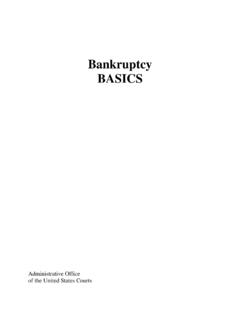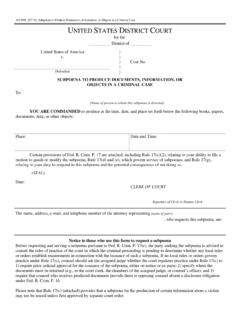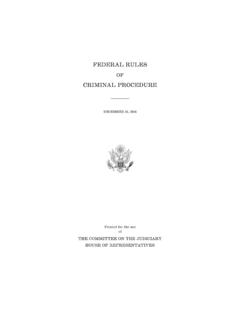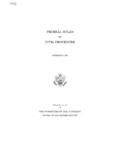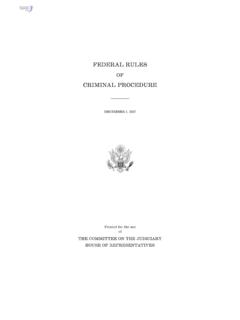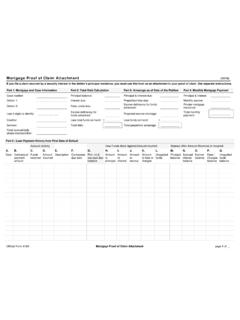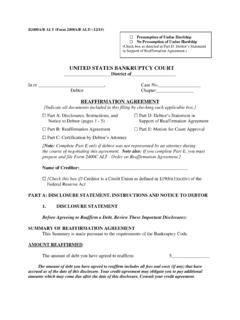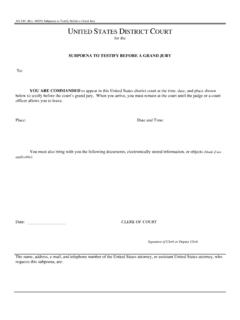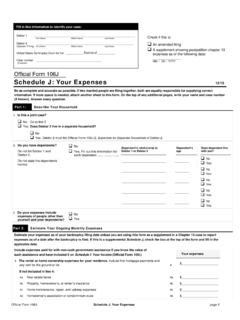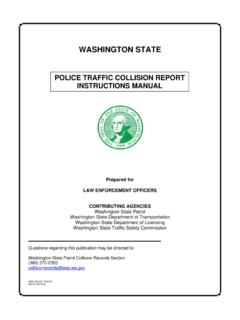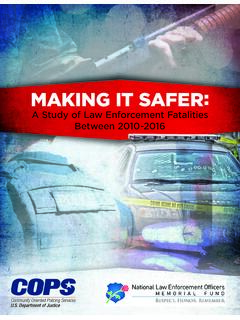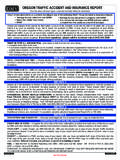Transcription of FOURTH AMENDMENT: PASSENGERS AND POLICE STOPS
1 FOURTH AMENDMENT: PASSENGERS AND POLICE STOPSThis activity explores individuals rights during POLICE traffic STOPS by examining the Supreme Court case Brendlinv. California, 551 __, 127 S. Ct. 2400 (2007). Participants will answer the question: Does the FourthAmendment protect the PASSENGERS in a car from unreasonable search and seizure during a traffic stop and givethe PASSENGERS the right to challenge the stop?About these ResourcesAnalyze the facts and case summary for Brendlin v. arguments for each side, starting with these talking critical thinking skills and share reflections on the discussion to Use These ResourcesThis activity is a modified Oxford style To get started, have participants read the Brendlin v.
2 California facts and case Assign student attorneys to the issues listed in the talking points. They are suggested points not a script for the debate. Student attorneys are encouraged to add their own All other students are jurors who deliberate (and may refer to these talking points) during the open floordebate. They debate among themselves in the large group or smaller groups and come to a verdict after theattorneys present closing AND CASE SUMMARYB rendlin v. California, 551 __, 127 S. Ct. 2400 (2007)Under the FOURTH Amendment s search and seizure provisions, a car passenger in a traffic stop may challengethe legality of the POLICE pulled over a vehicle to determine whether the driver was driving with expiredtags.
3 During the stop, an officer recognized the defendant, Bruce Brendlin, as a paroleviolator. The officer arrested the defendant and found methamphetamine on his defendant was charged with parole violation and possession of narcotics. At his trial,he moved to suppress (keep out) the narcotics, stating that the POLICE lacked justificationto stop the automobile in the first place. The defendant s argument was that thetemporary plates indicated that an application for renewal of an expired license waspending. The State of California conceded, on appeal, that the stop was case was tried in the California state court system.
4 The trial court held that thepassenger had not been seized for FOURTH Amendment purposes. The evidence wasadmitted and the defendant was convicted. The Court of Appeals reversed. TheCalifornia Supreme Court reinstated the drug evidence and the conviction. The Court granted certiorari to hear the , under the FOURTH Amendment, a passenger during a traffic stop is seized sothat the passenger may challenge the legality of the person seized by a Government agent can challenge the legality of that seizure. InUnited States v.
5 Mendenhall, 446 544(1980), the Court held that the test fordetermining whether a person is seized is whether a reasonable person would feel freeto leave under the circumstances. Under the circumstances of this case, no reasonablepassenger would have felt free to leave the scene. Although the State of California notedthat the defendant might have felt free to leave because he opened (then shut) his doorduring the stop, the test is objective: What a reasonable person would conclude; not whata particular defendant thinks.
6 The Supreme Court rejected several findings by theCalifornia Supreme Court. The Supreme Court disagreed with the finding that thepolice only intended to investigate the driver. It also rejected the California court sconcerns that PASSENGERS in taxis, buses, and other commercial transportation could besubject to investigation and possible arrest when the driver is pulled over. The Court noted that there is a difference between social PASSENGERS in privatetransportation and PASSENGERS in commercial (unanimous decision).
7 DISSENTSNone (unanimous decision).TALKING POINTSQ uestion:Does the FOURTH Amendment protect the PASSENGERS in a car from unreasonable search and seizure during atraffic stop and give the PASSENGERS the right to challenge the stop?BrendlinCalifornia1. During a traffic stop, is the passenger considered seized, just as the driver is considered seized?Affirmative. sense should dictate the result in thiscase. Although the POLICE might only haveintended to pull over and investigate the driver,the stop and the seizing of the driver means thatany PASSENGERS are also seized.
8 Therefore, ifthe seizure of the driver was illegal, the seizureof the passenger is illegal, as though the driver s vehicle was stopped by the POLICE , thedefendant, as a passenger, was not seized. Seizure onlyfollows the individual who is the subject of a POLICE an automobile is involved, the laws of physics requirethat not only the driver, but also any PASSENGERS , are physicallystopped, but a physical stop is not the same as a legal object of the POLICE action, , the driver, was the onlyperson legally Is the passenger detained and not free to leave during a traffic stop, just as the driver is detained?
9 Affirmative. considerations, and not theoreticalspeculations, should govern in this the letter of the law might say, thedefendant was not free to leave the scene of thetraffic stop just because the POLICE initially werefocusing on the driver and not the moment the defendant attempted to leavethe car, the POLICE in self defense probablywould have ordered him to stop. Therefore, noreasonable person, including the defendant,would have felt free to POLICE pulled over the vehicle to determine whether thedriver was driving with expired tags.
10 Their intent was to seizethe driver and not the passenger. The POLICE receive training onsearch and seizure law. Therefore, they would know that thepassenger in a vehicle is free to leave when the driver is pulledover unless, of course, the passenger is implicated in a crimeor is considered a danger to the POLICE or others. Moreover, ifthe defendant had attempted to leave and the POLICE stoppedhim, then he would have been able to claim the seizure wasillegal. But until that happened, he had not been seized at If PASSENGERS are considered seized in a traffic stop, wouldn t this result in unintended, negativeconsequences?
